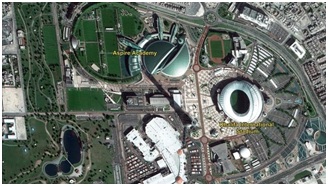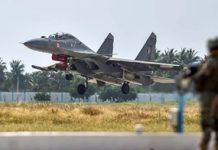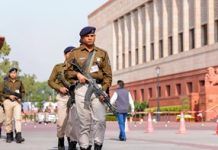Space scientists, defence researchers and the home ministry are preparing satellite maps of all sensitive areas, a project that will set India’s security parameters several notches higher.
In tandem, the Indian Army, too, has beefed up its anti-infiltration grid along the Pakistan border, while the Border Security Force (BSF) has stepped up surveillance along the border with Pakistan and Bangladesh. However, infiltration from across the border along the Line of Control remains a threat.
Senior home ministry officials familiar with the development said the ministry, in collaboration with the Indian Space Research Organisation (ISRO), is working on a state-of-the-art surveillance system.
“There will be constant surveillance at all areas of interest, particularly sensitive border areas where infiltration attempts are higher. All such areas will be optically visible—this means that areas that are all above ground will be manned by the satellite,” said an official. While the modalities of the project are still being finalized, the ministry’s Technical Consultancy Group is marking out areas which will be under satellite surveillance.
“The next war will be cyber warfare. We are developing capabilities in this regard. We are also involving and upgrading ourselves on space technology, UAVs (unmanned aerial vehicles), surveillance technologies, etc., so that we are ready for the future,” Central Reserve Police Force Director General A.P. Maheshwari said.
A second home ministry official said the government was “capitalizing on all available technologies to ramp up internal security surveillance”. “The satellite imagery will have the capability to zoom into the most remote corners, using highly sophisticated technology so that any suspicious movement can be tracked by security forces,” he added. Experts said such high resolution data will bolster India’s ability to man border areas. “Data indigenization is the most crucial element in achieving and maintaining data sovereignty. The entire chain of command will operate from one map sheet so to say,” said D.P.K Pillay, former Indian Army officer and research fellow at the Institute for Defence Studies and Analyses.








